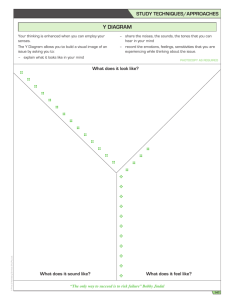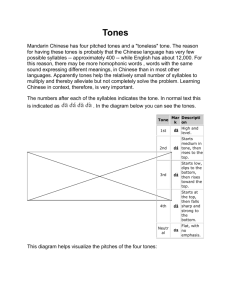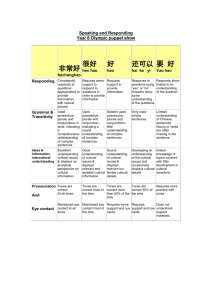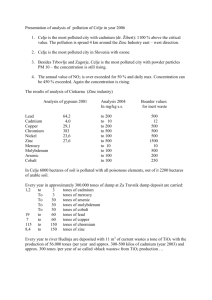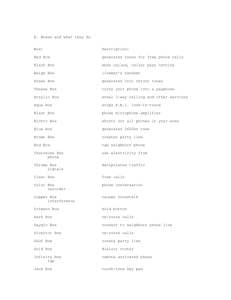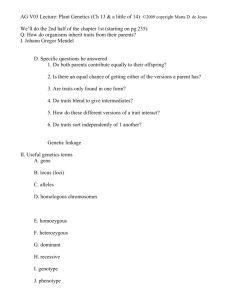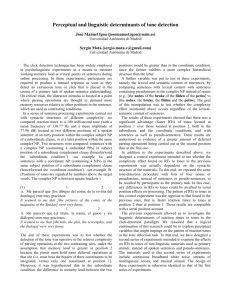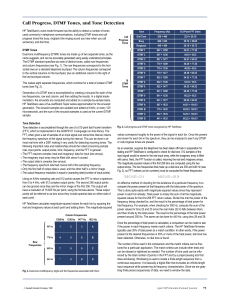File - Extreme Engineering Research Project Group
advertisement
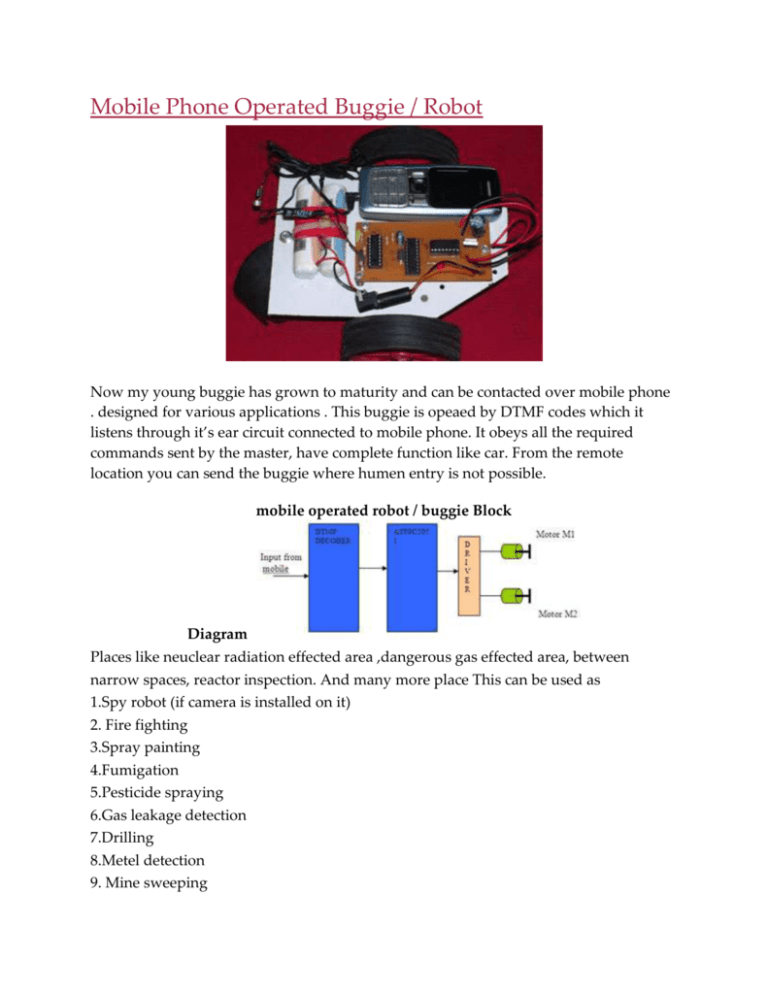
Mobile Phone Operated Buggie / Robot Now my young buggie has grown to maturity and can be contacted over mobile phone . designed for various applications . This buggie is opeaed by DTMF codes which it listens through it’s ear circuit connected to mobile phone. It obeys all the required commands sent by the master, have complete function like car. From the remote location you can send the buggie where humen entry is not possible. mobile operated robot / buggie Block Diagram Places like neuclear radiation effected area ,dangerous gas effected area, between narrow spaces, reactor inspection. And many more place This can be used as 1.Spy robot (if camera is installed on it) 2. Fire fighting 3.Spray painting 4.Fumigation 5.Pesticide spraying 6.Gas leakage detection 7.Drilling 8.Metel detection 9. Mine sweeping 10.Sample collection and many more……. You need to install the required apparatus on this buggie to do your job. Note:This is a simple model. Professional equipments should be developed on these guidelines To carry out above operations. DTMF – HOW DOES IT WORK DTMF was originally developed to allow sending control information (dialled numbers) across the telephone network. The telephone network has a bandwidth of approx. 300 to 3400 Hz, suitable for voice communications. Any control tones would also need to be in this range and had to work regardless of whether voice was present or not. A single tone or frequency could have been used. However, if voice was present, it would interfere with the control tones, making them useless. To overcome this a scheme was developed where by two tones or frequencies were combined to represent each control code or number. A total of seven tones were needed to represent the digits normally found on a telephone keypad, namely 0-9, * and #. An eighth tone was added so that some extra digits were available for use. These are commonly labelled ABCD. These eight tones were divided into two groups of four tones each, a low-frequency group and a highfrequency group. This frequency group and a high-frequency group. This four-by-four array produced 16 different combinations.

